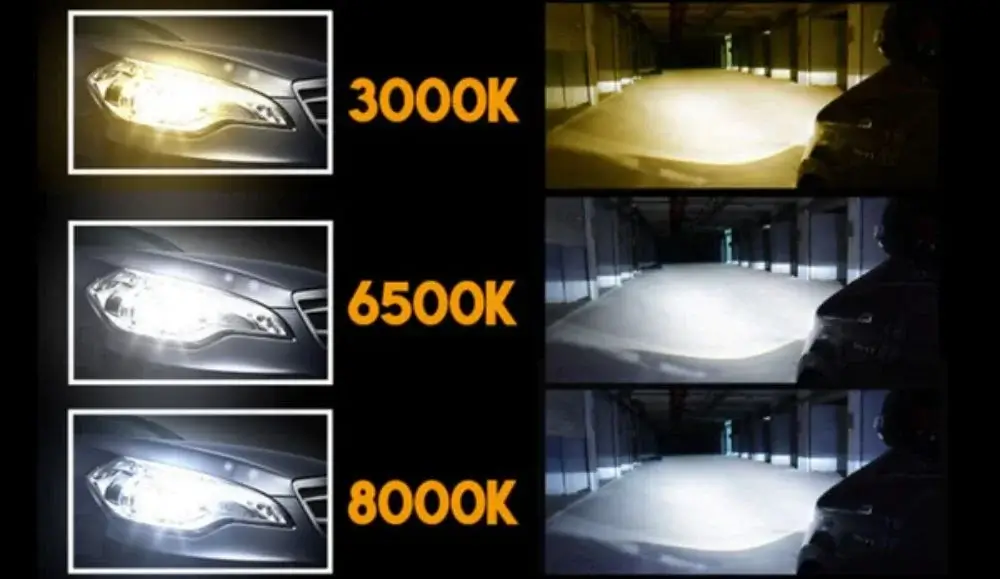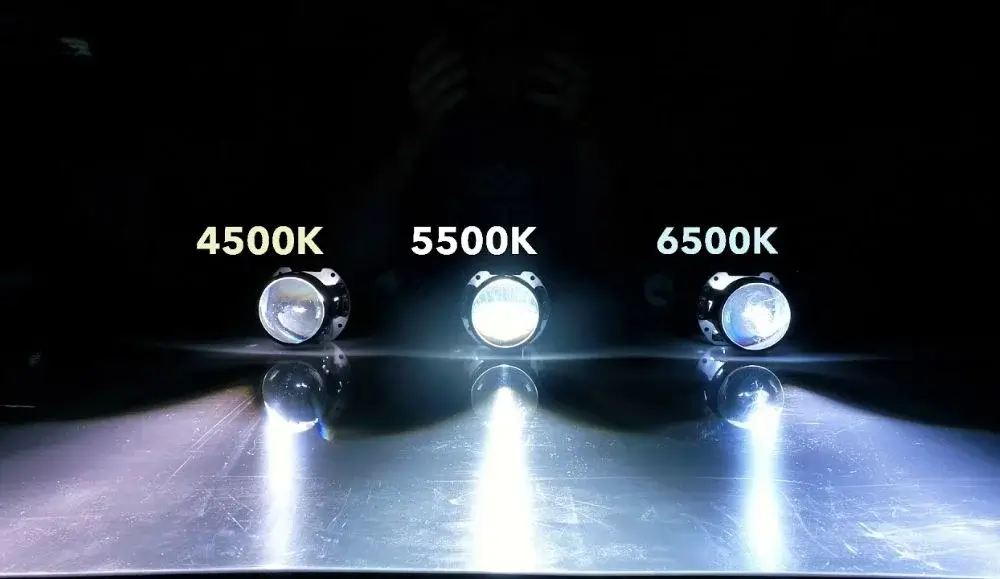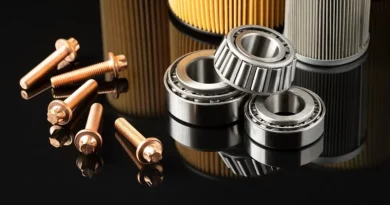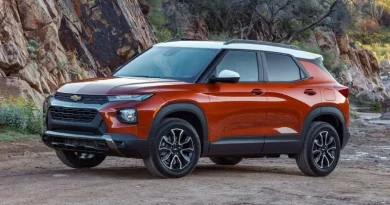How to Choose Headlights With the Right Color Temperature
Sometimes, replacing a headlight bulb can become a real headache. Anyone who went through replacing headlights with anything other than OEM parts or close equivalents suffered from the enormous amount of information immediately flooding their mind from every direction. And it seems like there are just too many different specifications for a simple car bulb to be worth exploring: size, type, wattage, Lumens, Kelvins and more.
Some specs are more straightforward, like sizes. The bulb either fits or not, it’s simple. This information is also easy to find in the manual or online in any automotive bulb chart that pops up. However, choosing brightness and color temperature is a little more complicated than that.

Does Color Temperature Matter?
Usually, the most common issue with old light bulbs is their light output. Every type of automotive bulb has a service life, and they get dimmer and less efficient when they are near its end. But sometimes, their peak brightness is not enough, which is why car owners browse the market for a better alternative.
Brightness is measured in Lumens, and it represents how much light your headlights can produce in all directions. This is typically what you should pay close attention to if you are looking for brighter bulbs. On the other hand, Kelvins do not measure light output at all. However, if you put two bright lamps close to each other, the one with more Kelvins will appear brighter to human eyes.
The difference in perception stems from our physiology. Due to how our eyes are built and how they function, we can pick up colder blue light better. Hence, it seems brighter to us. Because of this perceived brightness, we can typically see cold or neutral white lights with a slight blue hue in offices, hospitals and factories. In contrast to the cozy and warm yellowish light we prefer for our homes, we work better and see clearer when the color temperature is higher and the light gets colder.
Color Temperature of Halogen Bulbs
Warm light means the bulb has a lower color temperature, while colder hues indicate a higher color temperature. The good old halogen headlights are easily recognizable by their warm yellow light. Their color temperature ranges from around 3000 K to a little over 4000 K. Those are some nice numbers but does that mean while you drive in the middle of the night?
For comparison, natural light throughout the day can vary from 5000 K to 6000 K depending on weather conditions and season. Knowing the standard daylight measurements helps more than you think. It is optimal for our vision. Daylight provides good visibility and doesn’t make our eyes tire quickly. So unlike interior lighting, the warm glow from halogen headlights does not provide a cozy atmosphere, but it works best to not blind other drivers.
It’s common knowledge that halogen bulbs are the least bright among all the bulb types. However, their low color temperature and our perception of brightness make them seem even dimmer. Keep that in mind if you often experience eye fatigue or headache after driving at night for a long time. This may be caused by insufficient headlight brightness. Run an inspection to find out if your headlights function properly. If they are fine, maybe you just need more Lumes or Kelvins to help your eyes.

Best Color Temperature for LED Headlights
We all know LED lights pretty well. They made their way into our homes, backyards and vehicles. LED headlights still raise some questions when it comes to legal issues, but nonetheless, they are a popular option for style and efficiency. This headlight bulb type is the most versatile, it offers a wide range of color options. This means that, unlike their halogen counterparts, LEDs have a lot of color temperature alternatives to choose from.
Usually, LED bulbs range from warm yellow (3000-4000 K) and up to purple-white (12000 K). That makes them a great fit for various parts of the headlight assembly. Yellowish LEDs are often used for foglights, white bulbs are better for low beams and DRLs, etc. “People usually buy 6000 K LEDs. They improve visibility, and the brightness is just right.” shared Ben Collins, the content editor of the LightningLab project.
The rule of thumb regarding brightness and color temperature for headlights is to choose options that are closer to the daylight. This way, you will get more light output and see in more detail. And usually, this approach helps to avoid too much glare.

The Color Temperature of HID Bulbs
Another popular headlight choice is xenon or HID bulbs. Their technology is close to the halogen lights, but only slightly. Anyone would be able to tell one bulb from another at first glance. The cool blue hue of the light is the trademark feature of the xenon headlights. They are bright (5500-8000 lm) and they seem even brighter thanks to their high color temperature.
There are exceptions, and you can definitely find less bright HID retrofits with a yellow tint to their light. They somewhat imitate old-school halogen bulbs but provide better illumination. Their color temperature varies from 3000K to 4300 K. But most of the HIDs sold today have color temperatures from 5000 K to 6000 K, just like LEDs. Their light appears slightly blue and looks very bright. If you use them incorrectly, they can blind other drivers and get you in trouble.

A Mini Color Temperature Guide
Yellow and yellow-white (3000-4300 K) are great for fog lights and retrofits. Yellow light is proven to be more efficient in poor weather conditions like fog, rain and snow. It doesn’t create glare from puddles.
White light (around 5000 K) is great for better visibility. It looks neutral compared to warmer (closer to yellow) or colder (closer to blue) and makes details stand out more.
Blue-White color or “cold white” (around 6000 K) is also great for increased visibility. Anything that ranges from 5000K to 6000 K is considered optimal for our eyes.
Blue and Purple (from 7000 K to 12000 K) lights look stunning, they definitely turn some heads. But there are major drawbacks too. This color is not great for bad weather. And in some states, these headlights can cost you a fine or other legal issues.
So, use our recommendations and choose wisely.
Written by Charles Farrell




